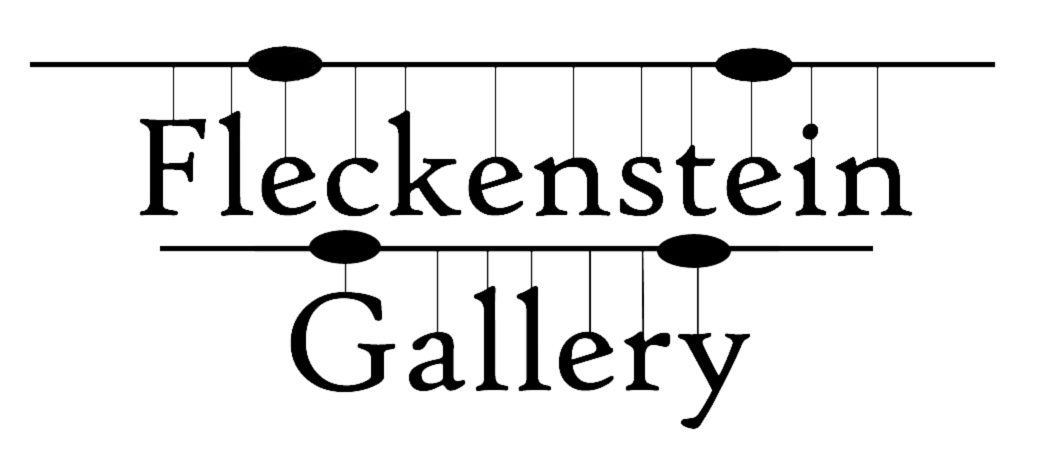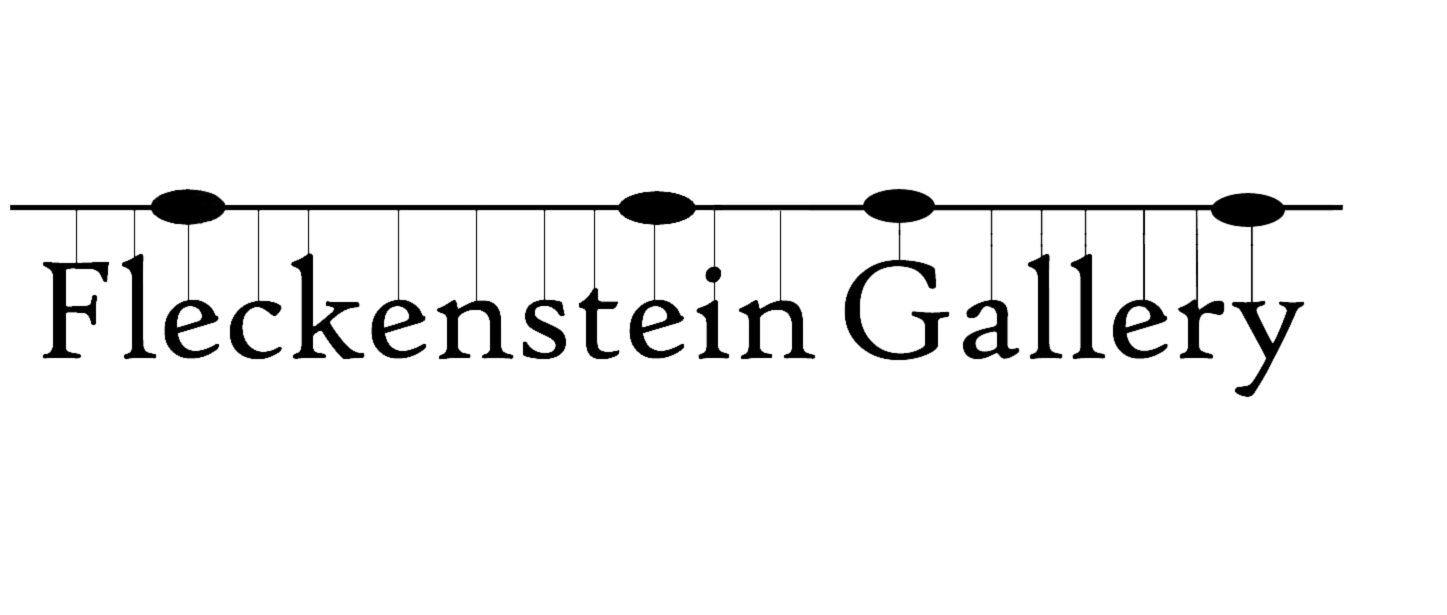ARTIST BIOGRAPHY
Cathy Leaycraft has been photographing for over 30 years. She moved to Baltimore in 1976, where she still resides today. At that time she was working with other artists creating Video Documentaries. This led her to the study of still photography, which she started at the University of Delaware and continued at the Maryland Institute College of Art in the 1980’s. This was followed by periods of study with her mentor, Duane Michaels.
In the 70’s, her interest in traditional photography quickly found technology in the use of color copy machines, where she began manipulating both color and black and white images. This eventually led to a distinctive photo collage style, some called “hauntingly erotic”.
In the mid 90’s, Ms. Leaycraft was further drawn to technology by the arrival of the computer program Adobe Photoshop. Photoshop allowed her to create effects not possible with her former cut and paste style.
In her computer work Leaycraft continued her exploration of the spiritual subconscious, creating surreal portraits of both men and women. This work was exhibited in the mid to late 1990’s and in to the 2000’s.
Currently, Leaycraft finds her images in parks, gardens, and, sometimes, her own back yard. A few of her favorite places to photograph are Cylburn Arboretum, the Rehoboth Art League, and the National Seashore in Provincetown, Massachusetts.
Ms. Leaycraft’s work is held in many public collections including the Baltimore Museum of Art, the Metropolitan Museum, and the MOMA. She has exhibited widely, and received many grants and awards. This includes the Maryland State Arts Council Individual Artist Award.
She is a founding member of the Herring Run Artist Network, and a board member of the Hamilton Arts Collective.
Ms. Leaycraft resides in Baltimore, Maryland with her husband, Dan, and 3 cats.
ARTIST STATEMENT
About five years ago I started seeing art works that intrigued me. They were made with the hot wax medium, encaustic. I began experimenting. Encaustic gives my photographs the texture and depth I have long admired in paintings. In addition, I can manipulate the surface with traditional and non-traditional objects, like brushes, hammers, combs, etc. I can also scrape out areas revealing more of the photograph underneath.
Because I wanted the work to be more abstract, I began taking photographs that were both representational and abstract. The horizon line moved to different positions, and I found that a large sky area provided a good area for atmospheric creativity.








